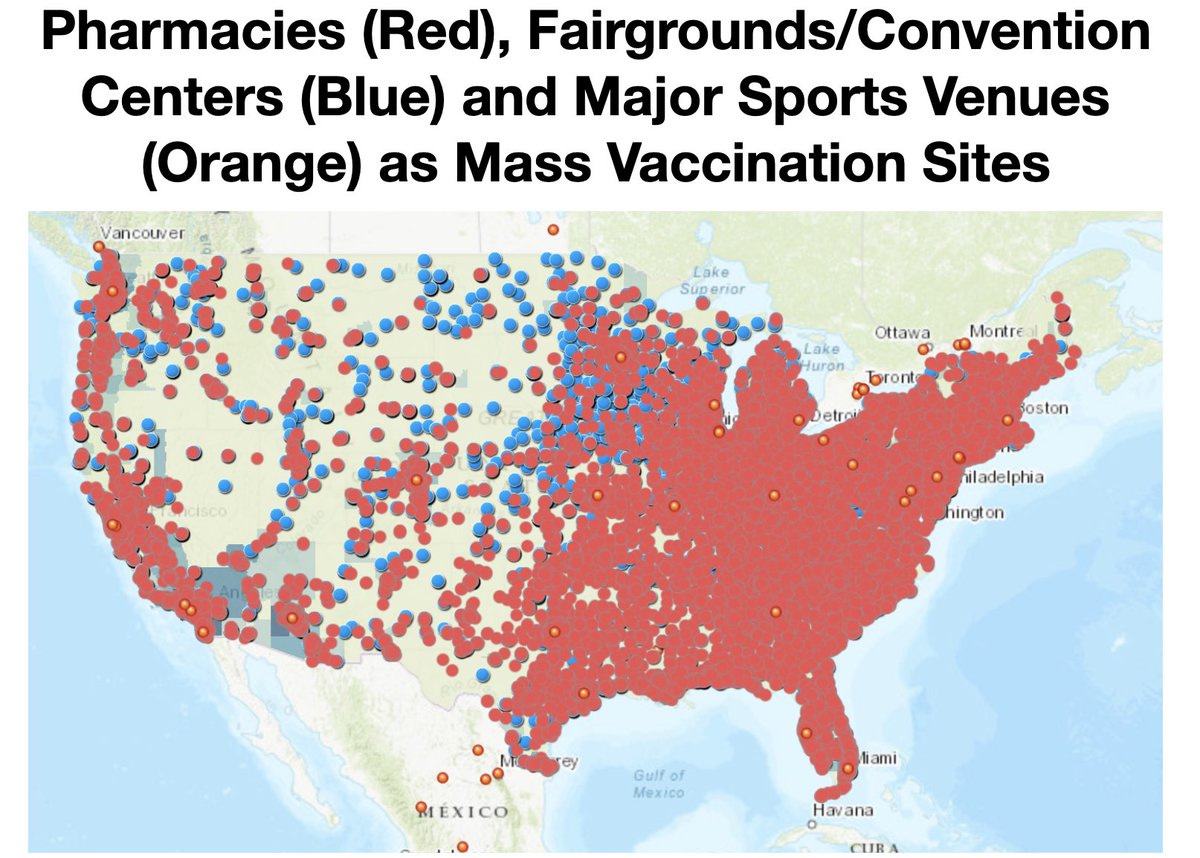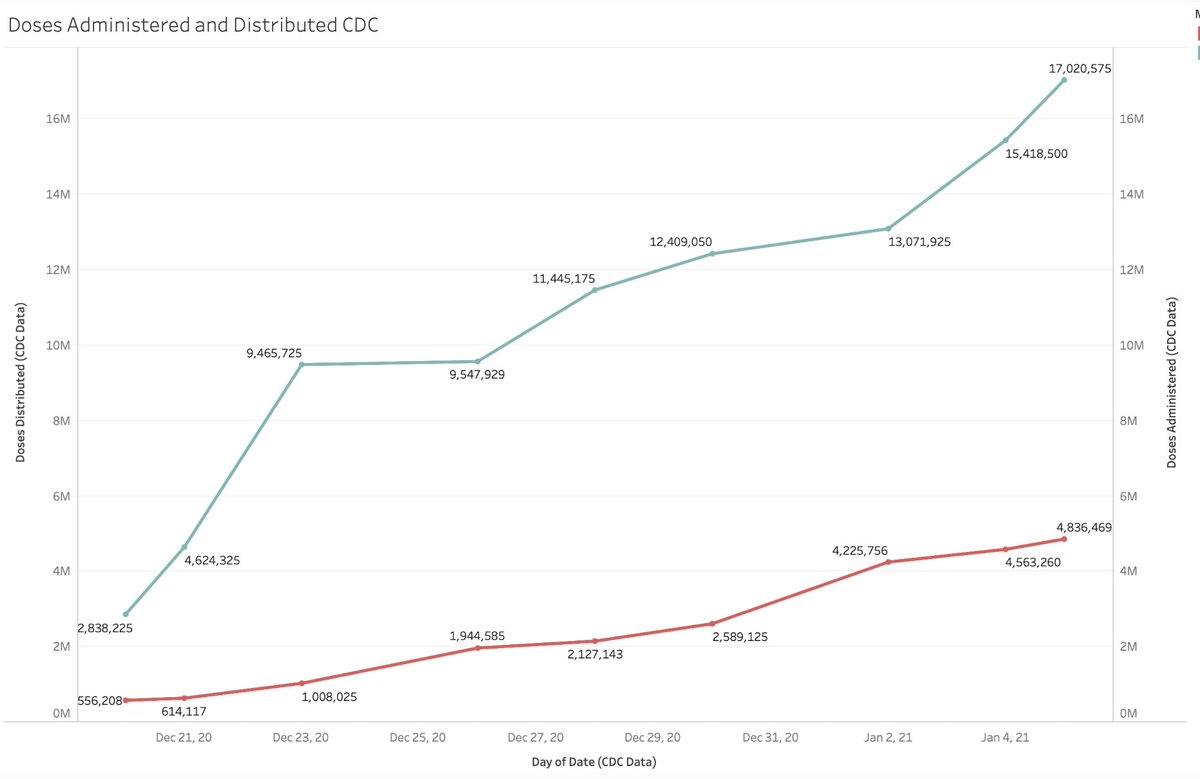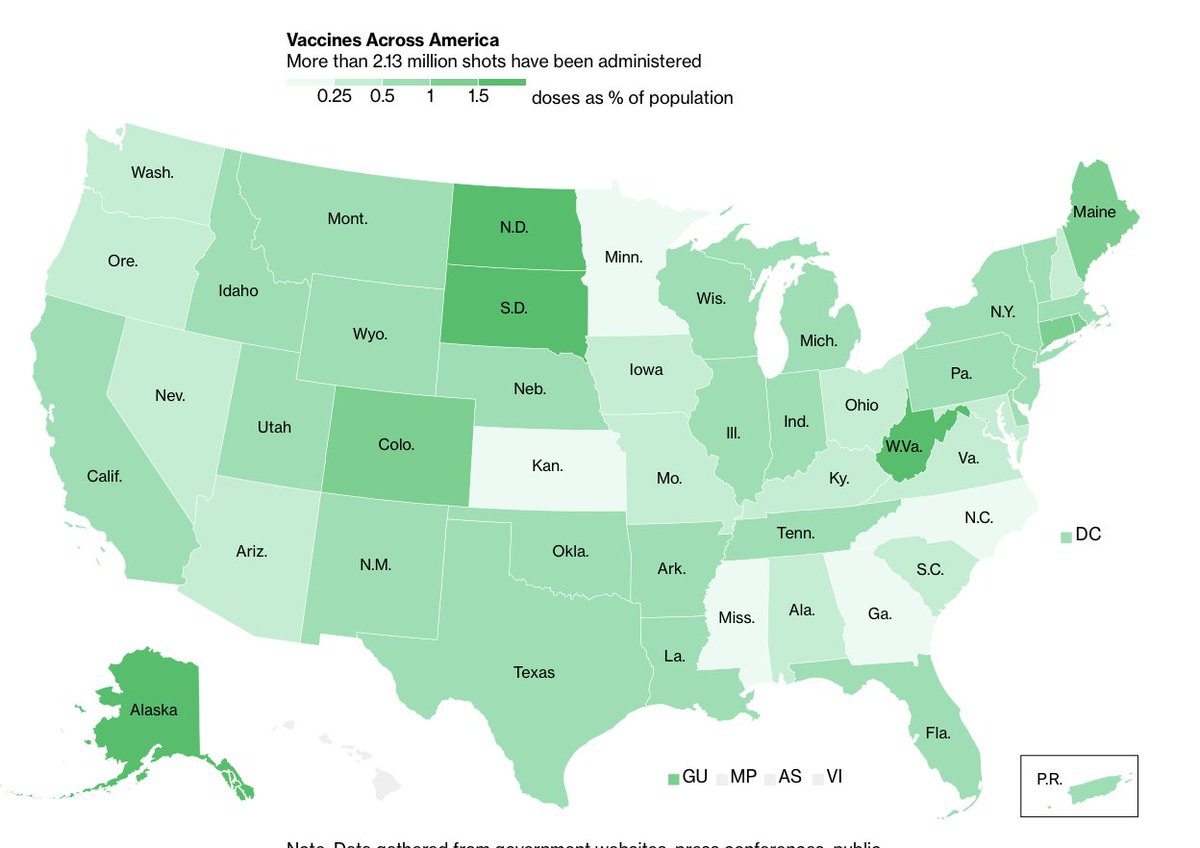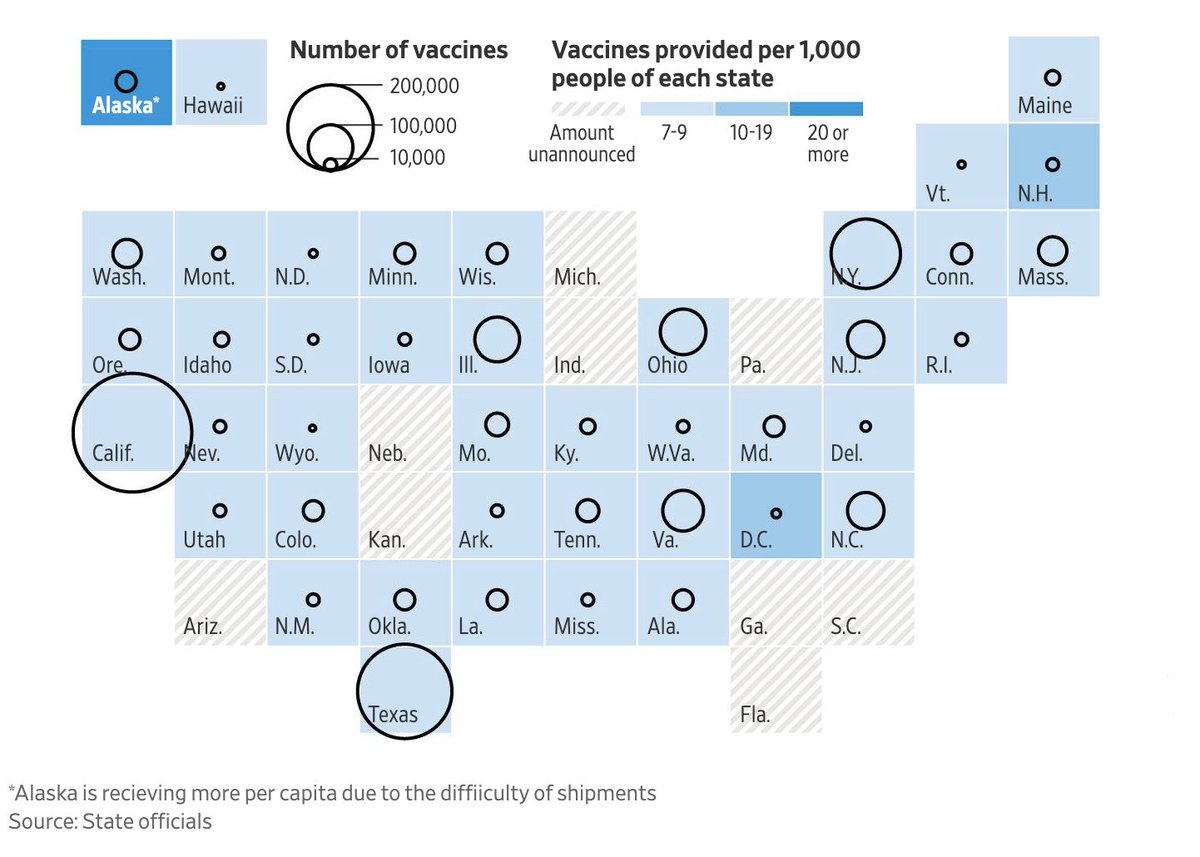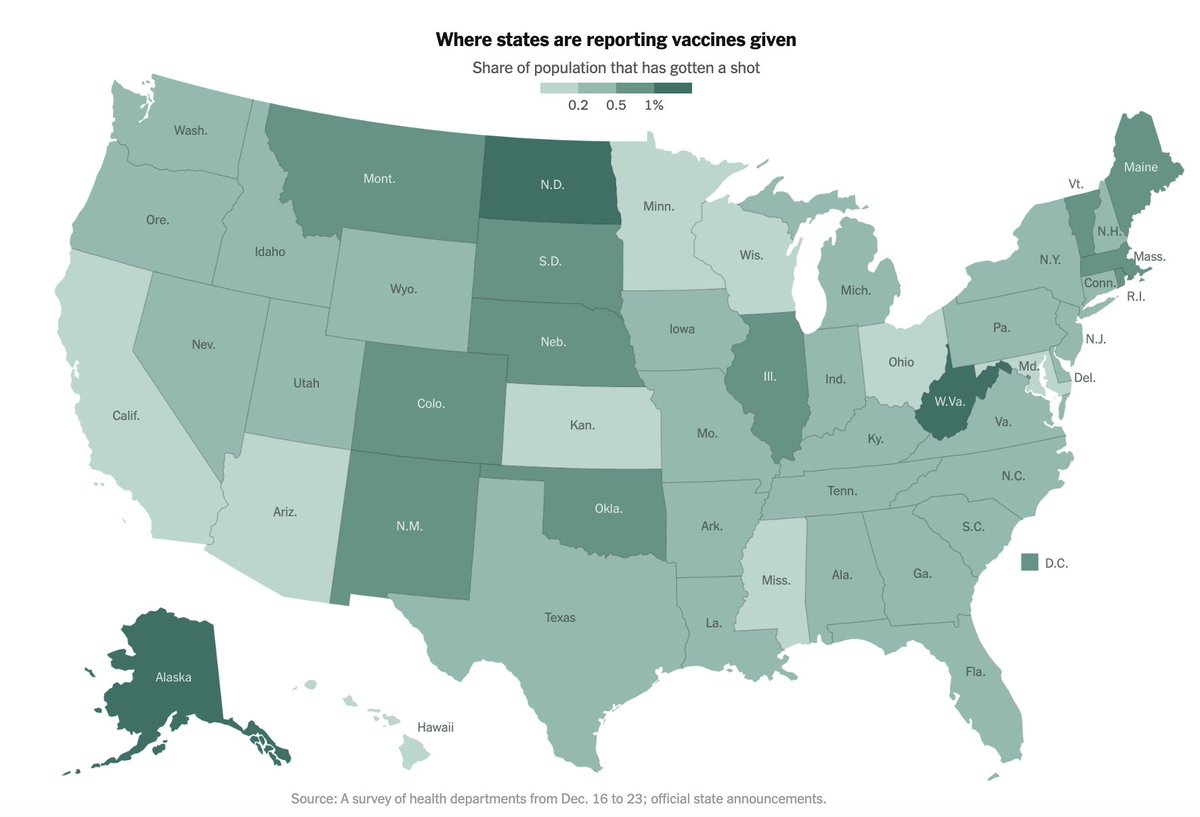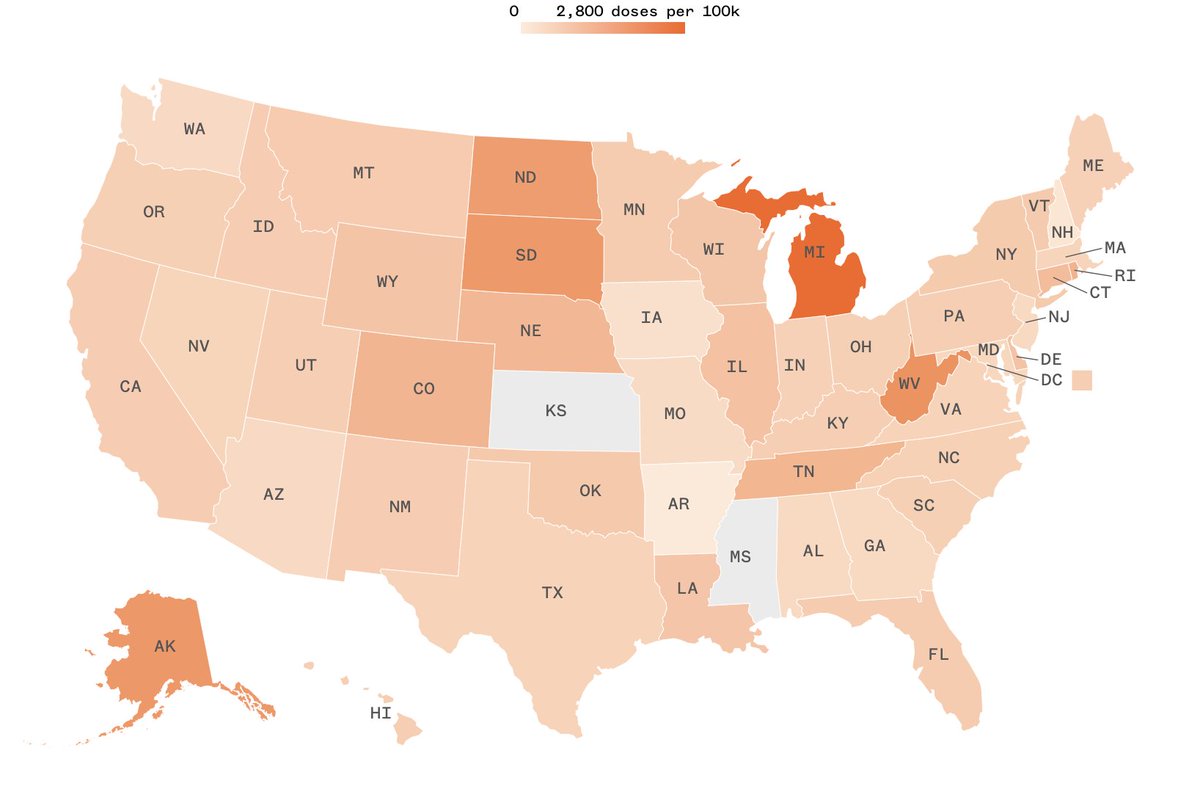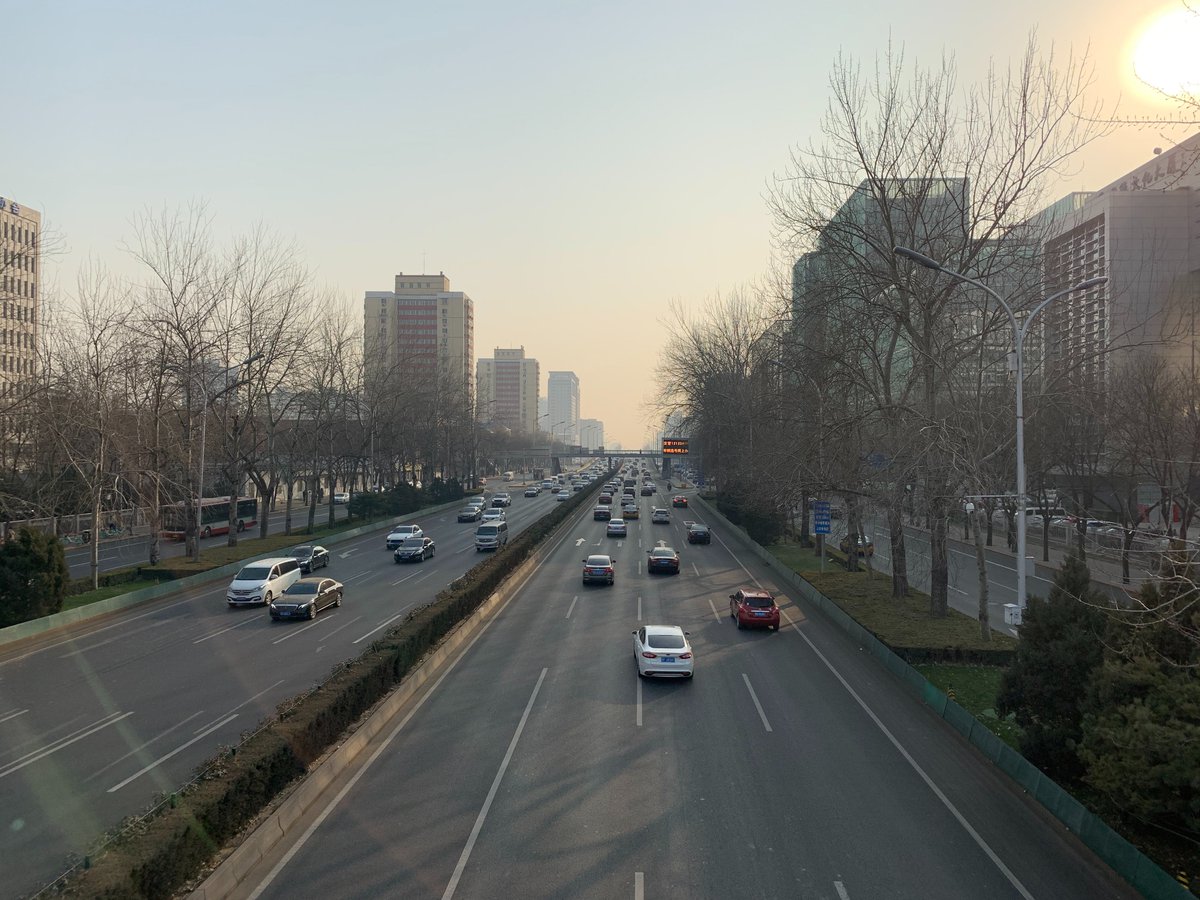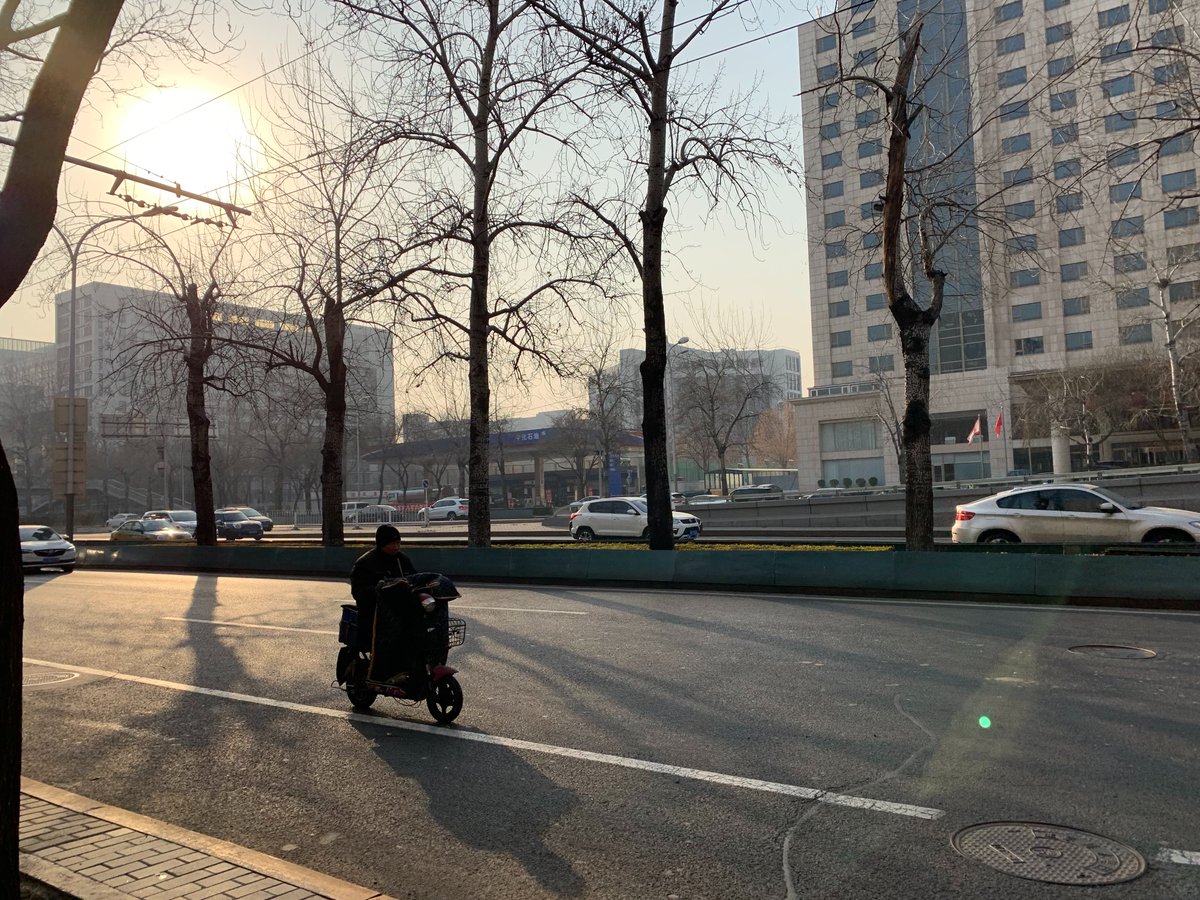
Last week, the American College Health Association (@ACHA_Tweets) published new recommendations for colleges to reopen in the spring. @ColleenFlahert1's reporting is here — let's take a look at the highlights.
insidehighered.com/news/2021/01/0…
insidehighered.com/news/2021/01/0…
In lessons learned from the fall, ACHA emphasizes "Multilayered mitigation strategies with universal masking, physical distancing … accompanied by a coordinated public health strategy of robust testing, and contact tracing."
acha.org/documents/reso…
acha.org/documents/reso…
On mental health: "Now more than ever the need to
provide a menu of mental health and wellness services is
vitally important.…Students often want “just in time”
services that are timely, convenient, and accessible. "
provide a menu of mental health and wellness services is
vitally important.…Students often want “just in time”
services that are timely, convenient, and accessible. "
On entry testing: "Though CDC does not specifically recommend entry testing all students, faculty, and staff, it does acknowledge its value."
On surveillance testing: "The campus community should be tested on a scheduled, recurring basis, with the ideal timing of twice weekly for students with test result turnaround times of <24-48 hours."
This is the strongest indication from ACHA on frequent testing to date.
This is the strongest indication from ACHA on frequent testing to date.
On wastewater testing: "Wastewater surveillance is a supplement and not a substitute for a robust testing plan. Ensure the campus testing plan identifies it as such if sewage testing is undertaken."
On isolation and quarantine: "Campuses should be discouraged from sending students home to isolate or quarantine in order to help prevent further community spread."
One note on athletics: "Although there were many episodes of COVID-19 infection and exposure in athletic departments, proven transmission between teams during an athletic competition appears to have been rare, even in contact sports."
On vaccines: "Given the risk of asymptomatic and presymptomatic students spreading COVID-19 … at the beginning and end of each semester, ACHA has requested ACIP to consider recommending students be vaccinated prior to the end of spring semester 2021."
• • •
Missing some Tweet in this thread? You can try to
force a refresh

